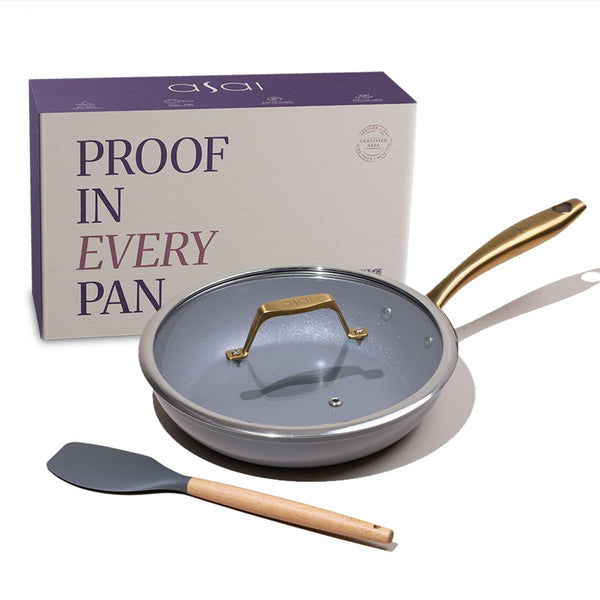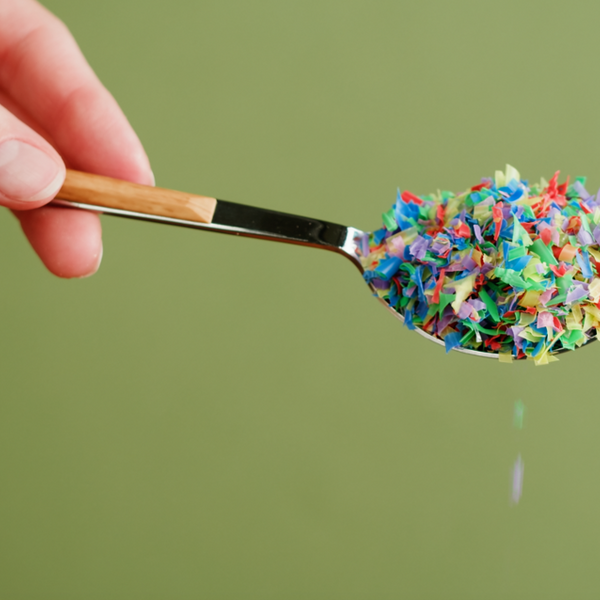Best Ways to Use Onion Powder & Garlic Powder in Real Indian Meals
Why Use Onion Powder and Garlic Powder in Indian Cooking?
Here’s the thing: these powders are not some sad convenience; they’re fierce flavor-boosters that can stand up to the wildest spice blends in your favorite Indian dishes. What makes them awesome?
- Shelf life: They hang out in your cupboard for months without waving the white flag.
- Time-savers & consistency: No unpredictable raw onion bitterness because you got distracted scrolling Instagram while sautéing.
- Nutrition boost: They keep many of the health goodies of their fresh selves, like certain phytonutrients that make nutrition nerds do a little happy dance.
But don’t get carried away. Too much of a good thing can hijack your recipe (these guys are way stronger than fresh!). And whatever you do, don’t dump them straight into smoking oil—your taste buds will not thank you.
The Right Way to Add Onion and Garlic Powders (Without Ruining Your Dish)
Ever tossed onion powder right into the pan and wondered why your food tasted burnt? Yeah, that’s a classic rookie move.
First up, measure with intention—these powders pack a punch. A sprinkle too much, and your curry’s gone from “whoa, restaurant-level” to “who invited regret?”
The biggest mistake? Throwing powder into hot oil. Direct heat just roasts the flavor into oblivion and can even make things bitter. Powder that burns isn’t just “meh,” it actually ruins the umami you’re chasing with every Indian meal. So, let’s do better.
Easy Steps for Getting the Best Flavor—And Where Ceramic Pans Help
- Start Right: If you’ve got a batch of homemade powder (sun/oven-dried and then blissfully blended), you’re golden. If not, just grab your favorite brand.
- Pan Matters: Ceramic pans are your friend here. They spread heat evenly. Your classic cast iron? Loves to overdo the edges. Teflon? Not as forgiving. Ceramic = smooth sailing and no weird metal aftertaste in your delicate masalas.
- No Powder in Hot Oil: Mix your powders with a little warm water until they’re a smooth slurry—think crafty glue, not swamp mud.
- Time to Add: Cook your spices and whatever base you’ve got going, then pour in your onion and garlic powder slurry. Ceramic’s even heat keeps the powder from catching (and keeps you from cursing).
- Low and Slow: Keep that stove around medium-low. High heat just bullies the powder until it tastes angry.
- Final Flourish: Making snacks? Dust the powder on after cooking so the aroma hits you first.
Pro Tips for Perfect Results Every Time
- Measure like you mean it. If the recipe says 1/4 teaspoon garlic powder, trust it—even a pinch extra changes everything.
- Got clumpy powder? Stick a few grains of rice in the jar. It works.
- Blend before storing. Nobody wants flavor roulette.
- Bitter taste? Check if you threw the powder in too hot. Next time, cool the pan or make a slurry first.
- Ceramic pans shine. They make cleanup after all those spice layers as breezy as possible—plus no metallic weirdness.
Where Onion and Garlic Powder Shine Most in Indian Dishes
- Curries: On busy nights, bring them out for matar paneer, dal makhani, or butter chicken.
- Snacks: Sprinkled right over namkeens or masala nuts—trust me, level up achieved.
- Marinades: Game-changer in tandoori or kebab rubs. You need only a teaspoon or two.
- Yogurt Dips: Toss right into raita for a dialed-up flavor, zero fuss.
- Chaats & Pickles: A pinch for that instant savory kick.
- Travel fixes: These powders weigh next to nothing and won’t go bad quickly—perfect for on-the-road tiffin hacks.
Real Questions About Using These Powders—Answered
-
Can I use both together or will it be too much?
You absolutely can—they play well together. Just go a little lighter on each so you don’t crowd out your other spices. -
Is homemade powder better?
Most of the time, yes. No shady anti-caking agents and the aroma is more intense. But store brands can win in muggy climates for storage. -
How do I sub these for the fresh stuff?
1 teaspoon onion powder equals about 1 medium onion. 1/4 teaspoon garlic powder gets you the hit of a whole clove. -
Really, can’t I fry the powder in oil?
Please no. If you must, use low heat and keep things moving. A slurry is much safer. -
Why do you keep going on about ceramic pans?
Simply, they’re the best match for spice powders. No metallic reaction, no annoying hot spots, and you won’t spend your night scrubbing out stuck bits.
Conclusion: Recapping the Benefits—and How Ceramic Pans Make It Even Better
The best ways of using onion powder & garlic powder in Indian meals aren’t really about shortcuts—they’re about working smarter. These powders unlock big flavor, save time, and keep your meals humming along with that unmistakable depth Indian food is known for. They last long, add healthy compounds, and if you add them at the right time (and in the right way!), they’ll never let you down.
Honestly? Grab a good batch, pull out your trusty ceramic pan, and you’ll get all the benefits—without the bitterness, the mess, or the mystery. Try it in your next curry or chaat. You’ll taste what I mean.
Sources:
- Hebbars Kitchen – hebbarskitchen.com
- Homemade Onion Powder by Cookingshooking – YouTube
- Garlic, Onion, Ginger Powder by Something’s Cooking with Alpa – YouTube
- Stop Being a Snob About Onion Powder – tastecooking.com
- How to Make Onion Powder at Home – YouTube












